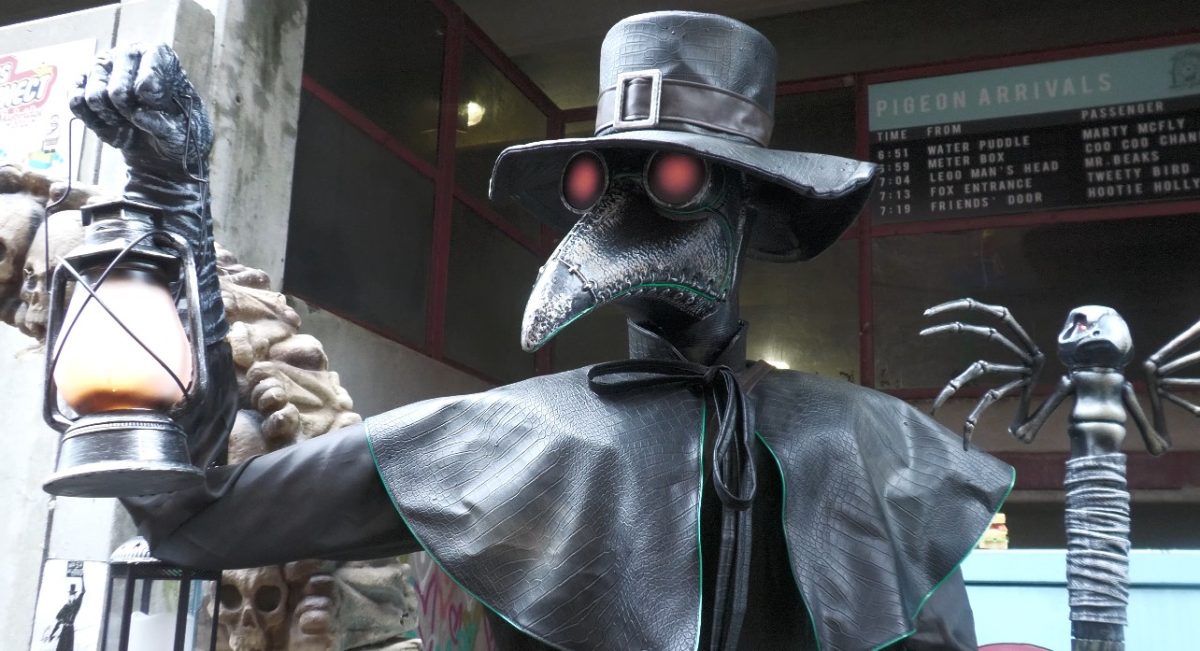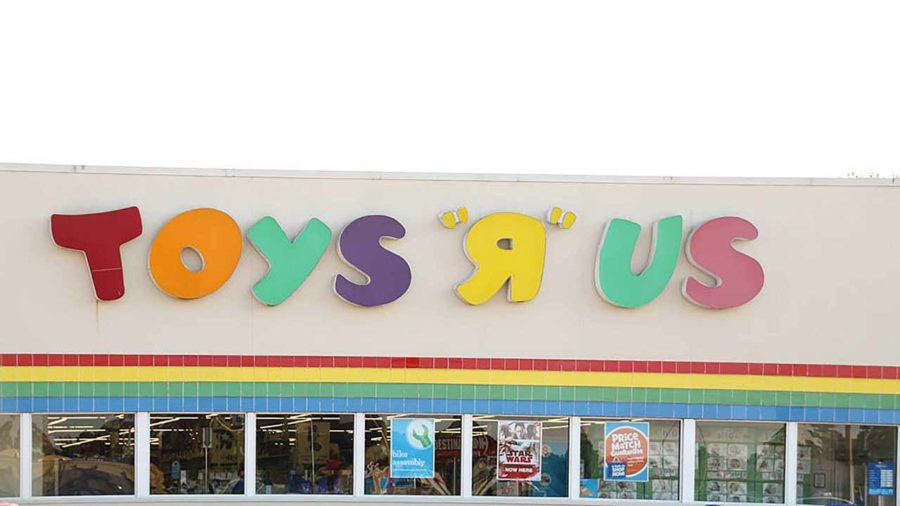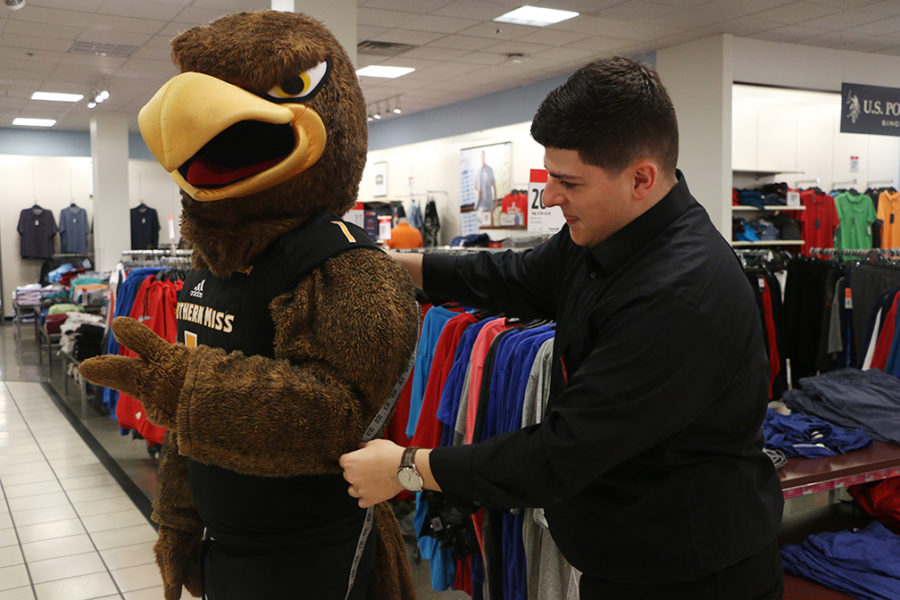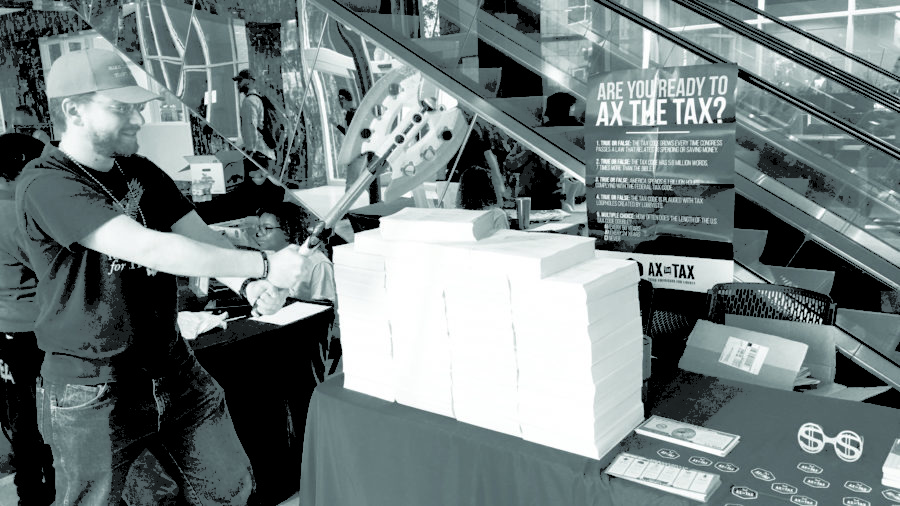Toys “R” Us declared bankruptcy on Monday, September 18. The toy store that dominated childhood entertainment in the 80’s and 90’s said that it will keep all of its locations open through the upcoming holiday season with $3.1 billion financing.
However, while Toys “R” Us might not want to admit it just yet, bankruptcy experts say store closings are inevitable. The company reveals in bankruptcy petition documents they do plan to move to smaller stores as part of a long-term solution. The company said it is “currently performing a detailed review of their real estate portfolio” to pinpoint locations where rents can be negotiated and square footage reduced.
The bankruptcy filing has created an even steeper uphill battle for the former toy giant. Suppliers have begun to demand cash payments before shipping merchandise, or even full payment on all remaining accounts in some cases. This means that vendors and suppliers become the ones who suffer the most. While larger suppliers such as Hasbro or Mattel can absorb the lost profit, there are many smaller suppliers who will suffer greatly. Reports say some clients “will be lucky to see 10 cents on the dollar” after being owed in the millions.
Toys “R” Us joins a growing list of previously solid and profitable companies that have declared bankruptcy this year. Many blame the growing reach of giants such as Walmart, Target and Amazon which has exploded in the past year. Shoppers, who are incentivized by perks such as convenience and same-day delivery, are using stores such as Toys “R” Us to see what the market must offer while searching competitor’s prices online. In other words, stores like Toys “R” Us are used for browsing a selection while online competitors such as Walmart and Amazon are used for actual purchases. Toys “R” Us cannot compete with competitors’ low prices, and shoppers know it.
Perhaps the largest contributor to Toys “R” Us’ declining, if not, nonexistent profit margins is the store’s failure to adapt to the boom in entertainment technology. Kids are playing with tablets more than building blocks and would rather beg for a new app than a new Barbie doll. Niko Partners, a firm specializing in games market analysis, report that Toys “R” Us ranked as the number two retailer for video games and software in 1999. Today, their market share is less than one percent. Of course, the retailer still offers video games and such, but why would you go to a Toys “R” Us when you can get your video games and groceries in the same place – in some cases, without ever leaving your home at all?
For now, Toys “R” Us will continue to offer a toy land through the decisive holiday season. This means they have around 14 weeks to come up with a way to save their hundreds of stores and thousands of employees. In an ever changing and evolving market, the once toy giant must adapt to keep its doors open, much less become the childhood attraction it once was.



































